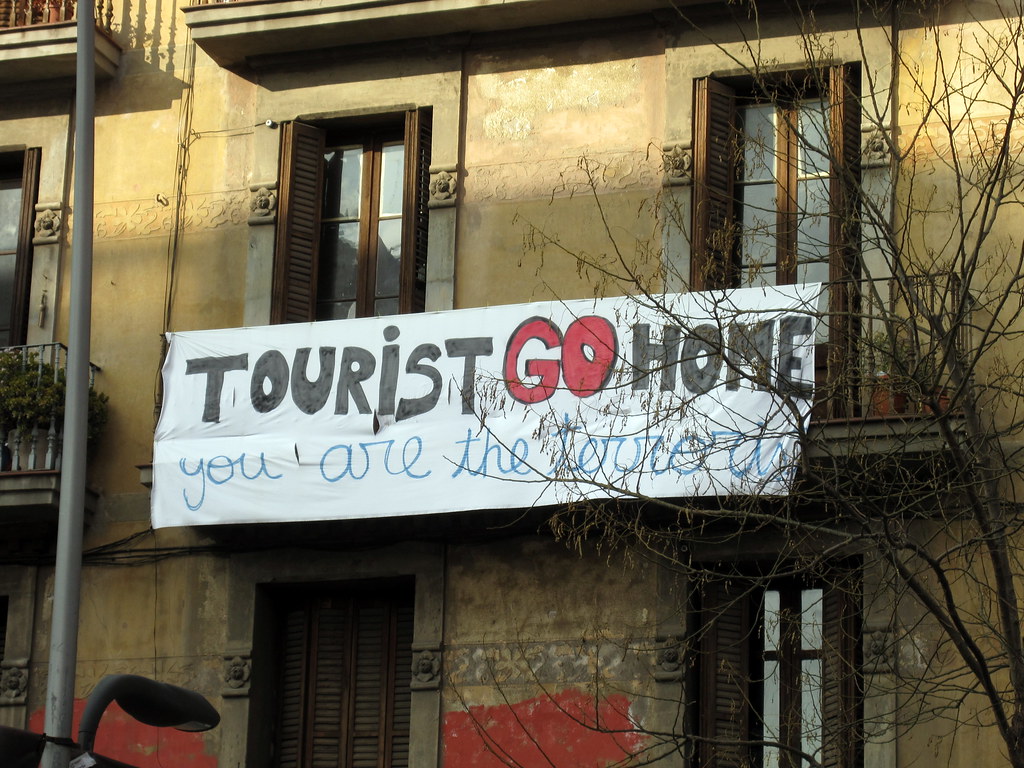The recent squirt-gun protest by Barcelona’s Neighborhood Assembly for Tourism Degrowth (ABDT) drew international attention to the growing tensions surrounding mass tourism. While the ABDT’s demand for a radical reduction in tourist numbers resonates with concerns in many popular destinations, their methods are questionable.
The downsides of mass tourism are undeniable. Rising living costs often push locals out, and infrastructure strains under the pressure. Crowds turn daily life into a frustrating gauntlet. However, blaming tourists ignores the root causes – and generates unintended circumstances that could impact the protestors themselves.
The true culprits are complex: Greedy landlords and travel-related businesses recklessly capitalizing on supply and demand. The cruise industry’s disregard for the problems created when thousands of passengers disembark at once. Global inflation and corporate gouging inflate prices for all.
The very things that attract tourists – cultural richness, beauty, and vibrancy – also attract wealthy newcomers who can afford higher rents and home prices, leading to gentrification. This phenomenon isn’t unique to Barcelona; it’s a challenge faced by desirable areas all over the world.
Killing the “golden goose” of tourism, though, isn’t the answer. Tourism is the top economic engine of many popular destinations, providing jobs and supporting local businesses. Barcelona’s service industry, heavily reliant on tourism, would suffer tremendously if visitor numbers were drastically reduced.
So, what’s the solution? Squirting tourists was a widely covered publicity stunt, but it’s not a sustainable strategy. Instead, a collaborative approach involving politicians, the tourism industry, and residents is needed. Curbing foreign ownership of short-term rentals, zoning restrictions on vacation housing, and limiting cruise ship size and numbers in port are potential measures. Additionally, promoting lesser-known parts of the country and travel off-season can help to distribute tourism more evenly. Finding a balance between preserving local culture and benefiting from tourism is essential. By addressing the root causes of the problem and implementing sustainable solutions, cities can ensure that tourism remains a positive force for all.
